At SIBR Research, we have long been concerned about misleading claims for ubiquinol supplements on the Web. It seems that there is a lack of understanding of the processes influencing the absorption and subsequent metabolism of ubiquinol. Moreover, this misunderstanding seems to have been exacerbated by some manufacturers’ incorrect claims regarding the bioavailability of their ubiquinol supplements [Mantle & Dybring 2020].
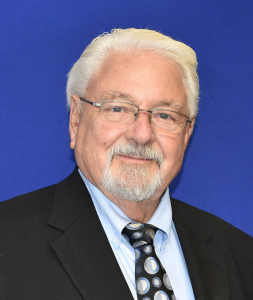
SIBR Research studies show that the ubiquinol in supplements is very likely to be converted to ubiquinone in the small intestines, to be absorbed as ubiquinone, and then to be converted back to ubiquinol in the lymph.
Basic Information about Ubiquinone and Ubiquinol
- Ubiquinol is the reduced form of Coenzyme Q10; it is the antioxidant form of Coenzyme Q10.
- Ubiquinone is the oxidized form of Coenzyme Q10. It is essential for the process of ATP energy generation.
Note: Both forms of Coenzyme Q10 are bio-active forms.
Ubiquinone More Stable than Ubiquinol in Supplements
Ubiquinol molecules are electron donors. Thus, they are inherently unstable. They are constantly looking to give up two electrons. It is this property that first made us wonder whether the ubiquinol in supplements actually gets absorbed as ubiquinol or gets converted to ubiquinone before being absorbed.
The ubiquinone form of Coenzyme Q10 is much more stable and much more tested in clinical trials. All of the important Coenzyme Q10 clinical trials – the KiSel-10 Study, the Q-Symbio Study, the Gulf War Veterans Study – have been done with the ubiquinone form of Coenzyme Q10 [Alehagen 2013; Mortensen 2014: Golomb 2014].
Clinical studies have shown that supplementation with the ubiquinone form of Coenzyme Q10 will result in significant increases of ubiquinol in the blood plasma and in the plasma lipoproteins [Mohr 1992].
That is to say, it is not necessary to take a ubiquinol supplement in order to get sufficient ubiquinol where it is needed, in the blood circulation.
Moreover, the tissue cells have at least five enzyme systems at their disposal to convert ubiquinone to ubiquinol as needed [Mantle & Dybring 2020].
Note: Marketing claims that you need to take a ubiquinol supplement in order to get enough ubiquinol are fabrications.
The Instability of Ubiquinol in Supplements
In the August/September 2021 issue of IMCJ: Integrative Medicine, a peer-reviewed journal, SIBR Research has published the results of SIBR Research lab studies of the contents of 13 ubiquinol products marketed in the USA. A description of the tested ubiquinol supplements is available upon request.
We measured the percentage of ubiquinol in the supplement capsules, in a 2.2 pH solution that simulates the gastric juice environment in the stomach, and in an 8.2 pH solution that stimulates the intestinal juices.
Our findings, presented as group means, were as follows:
- Capsule: 8.5 % of the ubiquinol had converted to ubiquinone in the capsules.
- Stomach: 54 % of the ubiquinol had converted to ubiquinone in the gastric juice simulating the stomach environment.
- Small intestines: 76% of the ubiquinol had converted to ubiquinone in the simulated intestinal juice.
The percentage of ubiquinol converted to ubiquinone in the simulated intestinal juice increased to 82% when one outlier was removed from the calculation of the group mean.
Absorption of Coenzyme Q10 Difficult
In both the ubiquinone and ubiquinol form, Coenzyme Q10 is difficult to absorb because the CoQ10 molecules, like vitamin E molecules, for example, are lipid-soluble, meaning that they must be taken up in micelles in order to make their way through the watery environment of the small intestines to the intestinal absorption cells.
Moreover, in both the ubiquinone and ubiquinol form, the CoQ10 molecules are relatively large – they are too large to go directly from the small intestines into the blood. Instead, they must enter the small intestinal absorption cells and be transferred to the lymph.
Any marketing claims that the ubiquinone or ubiquinol supplement has been made “water-soluble” to improve absorption should be treated with skepticism. Any true making of the molecules water-soluble would change the molecules so much that they would no longer be CoQ10 molecules with the beneficial health properties of Coenzyme Q10.
Transfer of Coenzyme Q10 from the Lymph to the Blood
Once the Coenzyme Q10 from the supplement has been absorbed, i.e., absorbed in the ubiquinone form regardless of the form of the Coenzyme Q10 in the supplement, the Coenzyme Q10 will be converted to ubiquinol in the lymph and will slowly pass through the lymph and will enter the blood circulation in the ubiquinol form [Judy 2018].
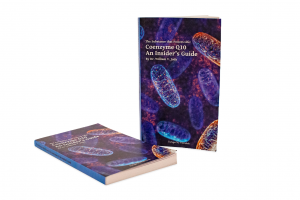
In 2018, I published an Insider’s Guide to Coenzyme Q10 based on my more than 40 years’ experience of research into the absorption, bio-availability, and health benefits of Coenzyme Q10. The book is available from amazon.com. ISBN 978-87-7776-186-7.
This makes good sense. The ubiquinone form of Coenzyme Q10 is the form that is essential for the ATP energy generation process; it is not so much needed in the lymph and the blood where the primary need is for antioxidant protection, which is a property of the ubiquinol form of Coenzyme Q10. When, then, the Coenzyme Q10 passes from the blood to the tissue cells, there will be again a need for ubiquinone [Judy 2018].
Note: The SIBR Research lab studies show that consumers who buy a typical ubiquinol product will very likely get ubiquinol that will be converted to ubiquinone before it reaches the intestinal absorption cells.
These findings beg the question: why spend money on a ubiquinol product that will most probably be absorbed as ubiquinone?
Dog Studies of the Absorption and Transfer of Ubiquinol
The outcomes of the lab studies made us wonder if there is a similar conversion in humans of ubiquinol to ubiquinone prior to absorption. Because it would be too invasive to measure the percentages of ubiquinone and ubiquinol in the stomachs, small intestines, and lymph vessels of humans, we decided to do a study in six large dogs.
The results of SIBR Research dog studies have been written up and submitted to IMCJ: Integrative Medicine for peer review. When those results have been published, we will summarize them here on q10facts.com.
Conclusion: The Instability of Ubiquinol Supplements in the Small Intestines
- Nearly all of the clinical studies of Coenzyme Q10 and heart health – and certainly the best of these studies – have been done with the ubiquinone form, the much more stable form [Alehagen 2013; Mortensen 2014].
- The earlier comparison studies of ubiquinone and ubiquinol absorption – used in many of the marketing claims for ubiquinol – have been done with faulty methodology [Passwater 2019].
- A 2019 study with a double-blind cross-over design has shown that the formulation (the carrier oils, the heating and cooling processes) of the CoQ10 supplement is more important to absorption and bio-availability than the form (ubiquinone or ubiquinol) is. In the study, the best-formulated ubiquinone product significantly outperformed a ubiquinol product [Lopez-Lluch 2019].
- If the formulation is good, supplementation with either form of Coenzyme Q10 will result in significantly increased ubiquinol in the lymph and the blood.
- It is important to buy a Coenzyme Q10 supplement with documented absorption and efficacy.
Sources
Alehagen U, Johansson P, Björnstedt M, Rosén A, Dahlström U. Cardiovascular mortality and N-terminal-proBNP reduced after combined selenium and coenzyme Q10 supplementation: a 5-year prospective randomized double-blind placebo-controlled trial among elderly Swedish citizens. Int J Cardiol. 2013 Sep 1;167(5):1860-6.
Golomb BA, Allison M, Koperski S, Koslik HJ, Devaraj S, Ritchie JB. Coenzyme Q10 benefits symptoms in Gulf War veterans: results of a randomized double-blind study. Neural Comput. 2014 Nov;26(11):2594-651.
Judy WV. The Instability of the lipid-soluble antioxidant ubiquinol – Part 1 Lab studies. IMCJ Integrative Medicine: A Clinician’s Journal. 2021;20(4):24-28.
Judy WV. Coenzyme Q10: An Insider’s Guide. 2018. ISBN: 978-87-7776-186-7. Available from amazon.com.
López-Lluch G, Del Pozo-Cruz J, Sánchez-Cuesta A, Cortés-Rodríguez AB, Navas P. Bioavailability of Coenzyme Q10 supplements depends on carrier lipids and solubilization. Nutrition. 2019;57:133–140.
Mantle D, Dybring A. Bioavailability of Coenzyme Q10: an overview of the absorption process and subsequent metabolism. Antioxidants (Basel). 2020;9(5):386.
Mohr D, Bowry VW, Stocker R. Dietary supplementation with coenzyme Q10 results in increased levels of ubiquinol-10 within circulating lipoproteins and increased resistance of human low-density lipoprotein to the initiation of lipid peroxidation. Biochim Biophys Acta. 1992 Jun 26;1126(3):247-54.
Mortensen SA, Rosenfeldt F, Kumar A, Dolliner P, Filipiak KJ, Pella D, Alehagen U, Steurer G, Littarru GP; Q-SYMBIO Study Investigators. The effect of coenzyme Q10 on morbidity and mortality in chronic heart failure: results from Q-SYMBIO: a randomized double-blind trial. JACC Heart Fail. 2014 Dec;2(6):641-9.
Passwater RA. Coenzyme Q10 research confirms ubiquinone and ubiquinol are nearly equally-absorbed compounds. Part 1: The functions and absorption of ubiquinone and ubiquinol. An interview with Dr. William V. Judy, Ph.D. WholeFoods Magazine. 2019, February 27. Retrieved from https://wholefoodsmagazine.com/columns/vitamin-connection/coenzyme-q10-research-confirms-ubiquinone-and-ubiquinol-are-nearly-equally-absorbed-compounds-the-physical-form-and-companion-ingredients-make-the-bioavailability-and-absorption-difference-in-coenz/.
Passwater RA. Coenzyme Q10 research confirms ubiquinone and ubiquinol are nearly equally-absorbed compounds. Part 2: The absorption of ubiquinone and ubiquinol forms of Coenzyme Q10. An interview with William V. Judy, Ph.D. WholeFoods Magazine. 2019, March 20. Retrieved from https://wholefoodsmagazine.com/columns/vitamin-connection/coenzyme-q10-research-confirms-ubiquinone-and-ubiquinol-are-nearly-equally-absorbed-compounds-the-physical-form-and-companion-ingredients-make-the-bioavailability-and-absorption-difference-in-coenz-2/.
The information presented in this summary article is not intended as medical advice and should not be used as such.
15 November 2021



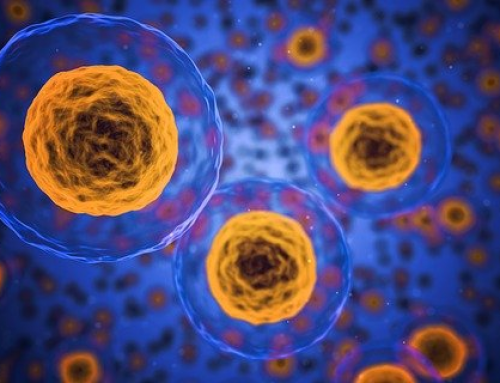
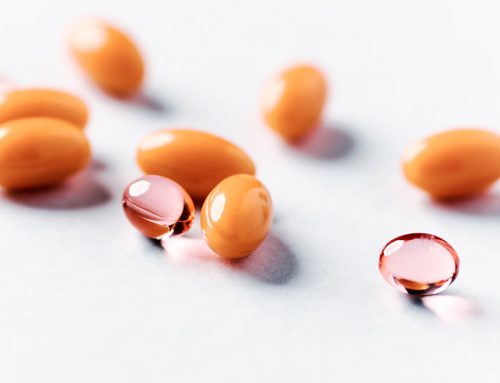
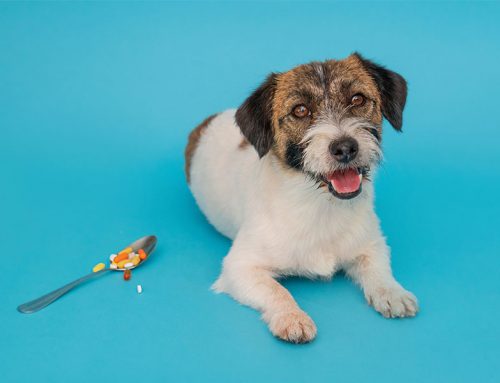
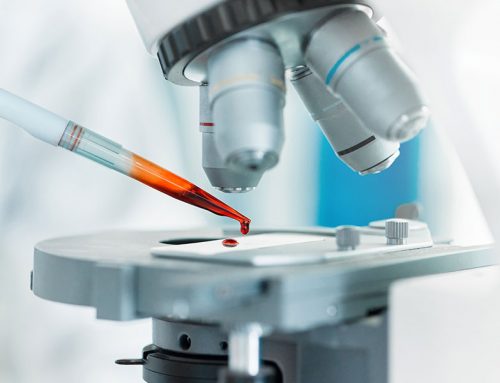
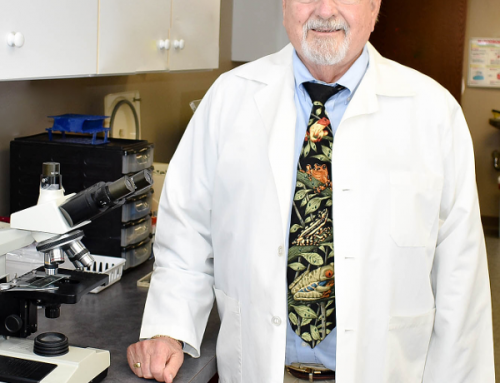
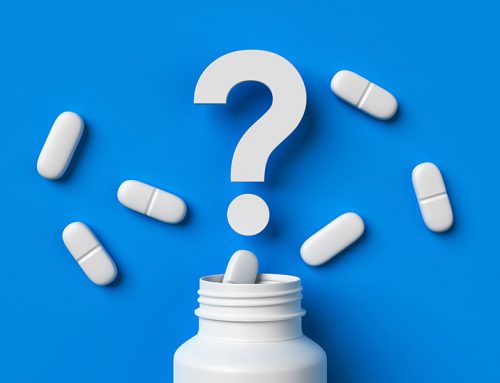
Leave A Comment